The crypto organization Tron is about to become a publicly traded business in the United States through a reverse-merger arrangement with SRM, a company that is already publicly traded. This is a big step forward for the blockchain and digital asset ecosystem. This strategic move puts Tron at the top of the list of crypto companies working with traditional financial infrastructure. It also shows a bigger change in how Blockchain companies are dealing with rules and capital markets. As this news spreads through the cryptocurrency and tech investment circles. It raises important issues about compliance. Creativity. Investor interest. And the future of decentralized finance in regulated settings.
Tron’s Strategic Reverse Merger Move
A reverse merger, or reverse takeover (RTO), is when a private firm merges with a public corporation so that the private company can become publicly traded. Tron is avoiding the usual Initial Public Offering (IPO) procedure. Which may be expensive. Take a long time. And be closely watched by regulatory bodies like the U.S. Securities and Exchange Commission (SEC). SRM. The business Tron wants to combine with. Used to be connected to Serum DEX. An ecosystem project that was once tied to the now-defunct FTX exchange. SRM gives Tron the shell framework it needs to reach its public market goals.
 This action is more than just a way to make money; it’s a way to show that decentralized technology and Wall Street’s institutional systems are in sync. Tron can get around some of the rules that have made it hard for crypto-native companies to get widespread adoption in the past by using SRM’s public status. It also gives investors more access. More liquidity. And more legitimacy in the eyes of institutional stakeholders.
This action is more than just a way to make money; it’s a way to show that decentralized technology and Wall Street’s institutional systems are in sync. Tron can get around some of the rules that have made it hard for crypto-native companies to get widespread adoption in the past by using SRM’s public status. It also gives investors more access. More liquidity. And more legitimacy in the eyes of institutional stakeholders.
Justin Sun Drives Tron’s Expansion
Justin Sun. The founder of Tron and a well-known personality in the crypto world. Has always been willing to make headlines. Sun has a reputation for rapid growth and taking advantage of opportunities. As shown by his purchase of BitTorrent and his work with Huobi and Poloniex. The reverse-merger transaction with SRM is the most recent in a series of planned moves to make Tron a major player in the global blockchain space.
Tron’s growth story is mostly about Sun’s leadership and branding skills. His goal of making Tron the basis for a decentralized internet is now crossing over into the bigger finance markets. This might create a precedent for other blockchain networks that are thinking about going public. Tron’s combination of DeFi, NFTs, stablecoins, and mechanisms for cross-chain interoperability makes it a versatile player that can appeal to both fans and institutional investors.
Tron Faces Scrutiny Amid Merger
Even if you do a reverse merger. Taking a crypto group public in the U.S. will be heavily regulated. Chair Gary Gensler is in charge of the SEC. Which has increased its regulation of digital asset businesses. The SEC is focusing on making sure that these companies follow securities rules. Make the right disclosures. And safeguard investors. Tron’s decision to go public through SRM will probably have to go through a lot of legal checks. Especially as Serum has a bad reputation and is linked to the FTX collapse in a roundabout way.
Tron’s lawyers and advisors seem to be sure about how the purchase is set up. Even though there are some problems. A promise to better corporate governance. More openness about finances. And the possibility of registering some digital assets under securities rules are all important parts of this confidence. This change from a decentralized project to a corporation that is accountable to the public could change how both regulators and investors see Tron.
Tron Merger Sparks Market Buzz
The news of the reverse merger has caused a lot of talk on social media, crypto forums, and in fintech investing groups. Analysts think that this action could lead to a new wave of crypto companies choosing to reverse merge, especially since the IPO market is still weak and unstable. Retail investors may also be interested in blockchain-related stocks again. Especially those that have direct use or exposure to real-world applications.
People will be quite interested in how the market reacts to this news. Institutional investors usually see cryptocurrencies as high-risk assets. But they might see Tron’s public listing as a sign that it is becoming more legitimate. It makes it possible for more open financial reporting. Audits by outside parties. And involvement from shareholders. All of which help the company gain credibility. This might then have a favorable influence on the whole Tron ecosystem, including the value of TRX tokens, the use of dApps, and the integration of DeFi protocols.
Tron Merger Unlocks Strategic Expansion
Tron’s reverse merger with SRM could possibly lead to new strategic collaborations. Tron can use standard financial tools, get money from institutions, and form partnerships with companies in other industries by being a public corporation. These agreements can help Tron reach more people in gaming, digital identification, cross-border payments, and tokenized real-world assets (RWAs).
Tron’s network already supports a lively stablecoin environment, especially with the TRC-20 standard for issuing USDT. These stablecoin activities may profit from being more closely connected to centralized financial entities like payment processors, custodial services, and fintech platforms if there were more regulatory alignment and institutional monitoring.
Tron Joins Trend Toward Public Markets
Tron’s plan to reverse-merge is not happening in a vacuum. It fits into a larger trend in which decentralized projects try to get into the public market to get money, build credibility. And get more users. Companies like Coinbase. Galaxy Digital. And Circle have already made their way into the public market in different ways. Including as through IPOs and SPAC mergers. Tron’s move adds a fresh twist to this trend. Especially as it focuses on a reverse merger. Which can be appealing to other blockchain companies who don’t want to deal with the problems that come with an IPO.
 This change also makes people talk more about how decentralized and centralized approaches are coming together. As blockchain organizations try to follow the rules and be accountable to the public. Some start to wonder how to keep decentralized ideals. Tron’s biggest problem will be to keep its open-source philosophy while also following U.S. securities legislation and the rules for running a public corporation.
This change also makes people talk more about how decentralized and centralized approaches are coming together. As blockchain organizations try to follow the rules and be accountable to the public. Some start to wonder how to keep decentralized ideals. Tron’s biggest problem will be to keep its open-source philosophy while also following U.S. securities legislation and the rules for running a public corporation.
Final thoughts
Experts in the field disagree about how Tron’s reverse-merger will affect the industry in the long term. Some others think it’s an essential step forward for the blockchain industry, one where openness. Rules. And institutions are unavoidable. Some people are worried that it could hurt the decentralized nature of these kinds of projects, making them into corporations that answer to shareholders instead than communities.
Still, everyone agrees that this change is important. Blockchain lawyers, venture capitalists, and crypto business owners are all paying careful attention. The way Tron changes could affect how other Layer-1 protocols. Such as Solana. Avalanche. And Cardano. Plan for their future growth and funding.



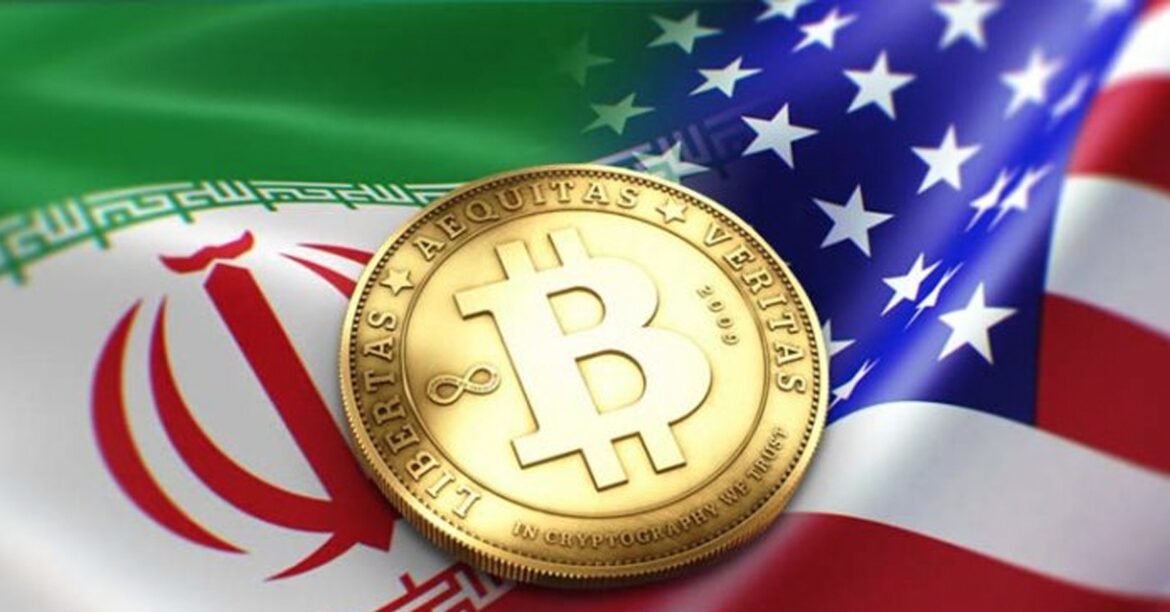
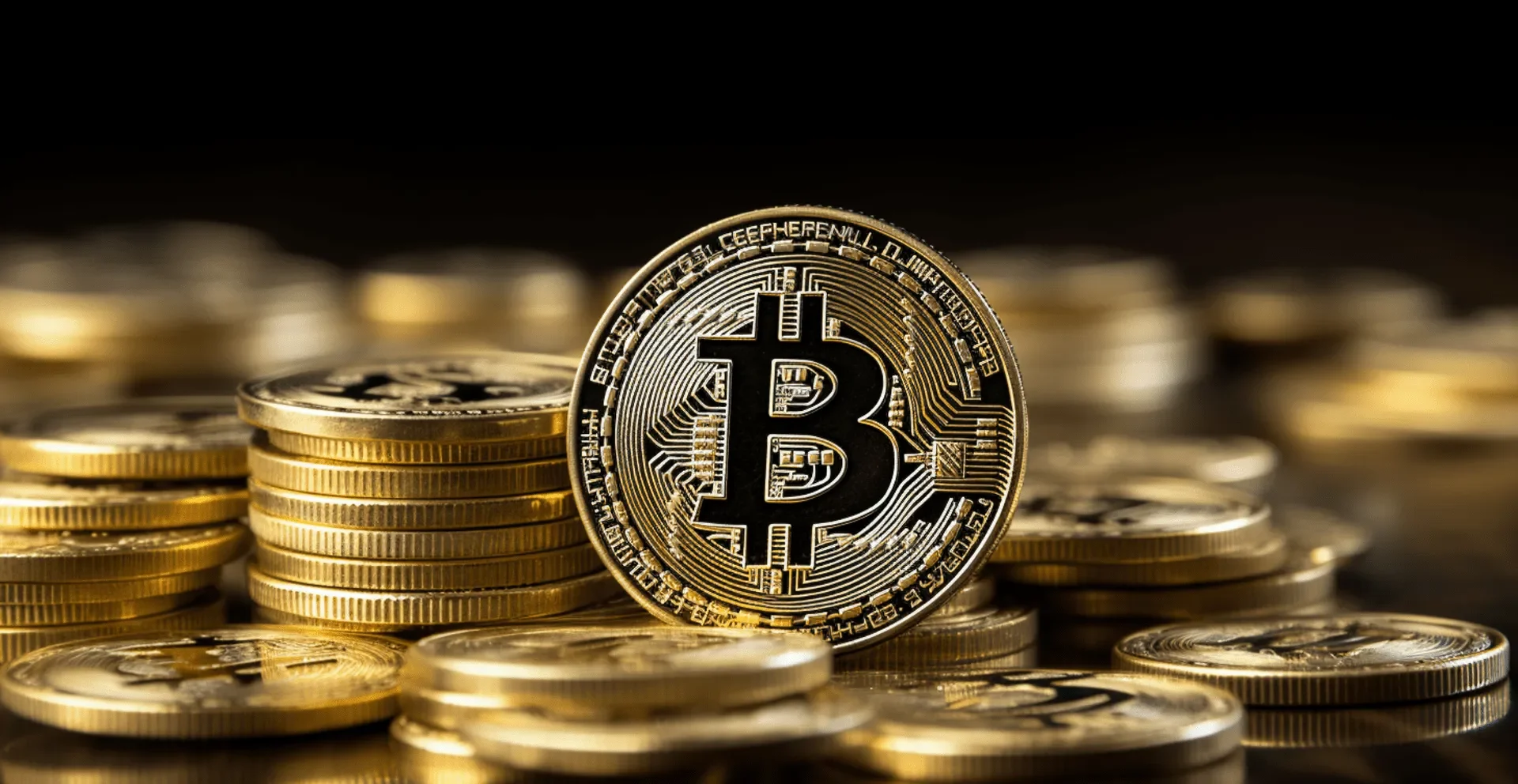 Bitcoin $107K Israel-Iran conflict function as a “digital gold” is still changing. But it has trouble in places where people don’t want to take risks. The present conflict has caused oil prices to rise sharply and has led to a general market retreat from assets with a lot of volatility. As things get worse. Bitcoin’s ability to hold value will be put to the test. Even if people are generally positive about Bitcoin in the long run. It’s likely that it will be affected by dramatic drops in traditional markets. This geopolitical stress may change how people see Bitcoin as a non-correlated asset. Or it may make people think that it is still subject to risk at times of global crises.
Bitcoin $107K Israel-Iran conflict function as a “digital gold” is still changing. But it has trouble in places where people don’t want to take risks. The present conflict has caused oil prices to rise sharply and has led to a general market retreat from assets with a lot of volatility. As things get worse. Bitcoin’s ability to hold value will be put to the test. Even if people are generally positive about Bitcoin in the long run. It’s likely that it will be affected by dramatic drops in traditional markets. This geopolitical stress may change how people see Bitcoin as a non-correlated asset. Or it may make people think that it is still subject to risk at times of global crises.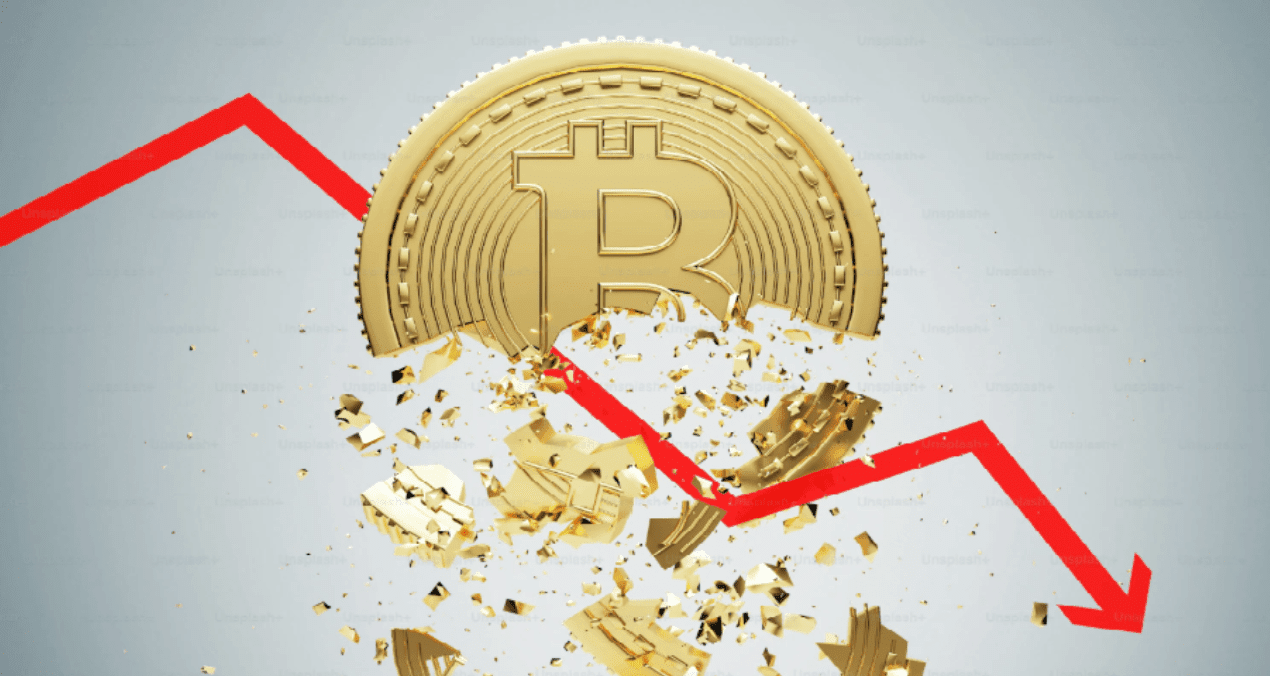 On the other hand, if the present range doesn’t hold, the price might drop to $102,000 or below, especially if news about geopolitics causes a worse market correction. Short-term traders and long-term investors both need to stay on their toes because volatility is likely to continue.
On the other hand, if the present range doesn’t hold, the price might drop to $102,000 or below, especially if news about geopolitics causes a worse market correction. Short-term traders and long-term investors both need to stay on their toes because volatility is likely to continue.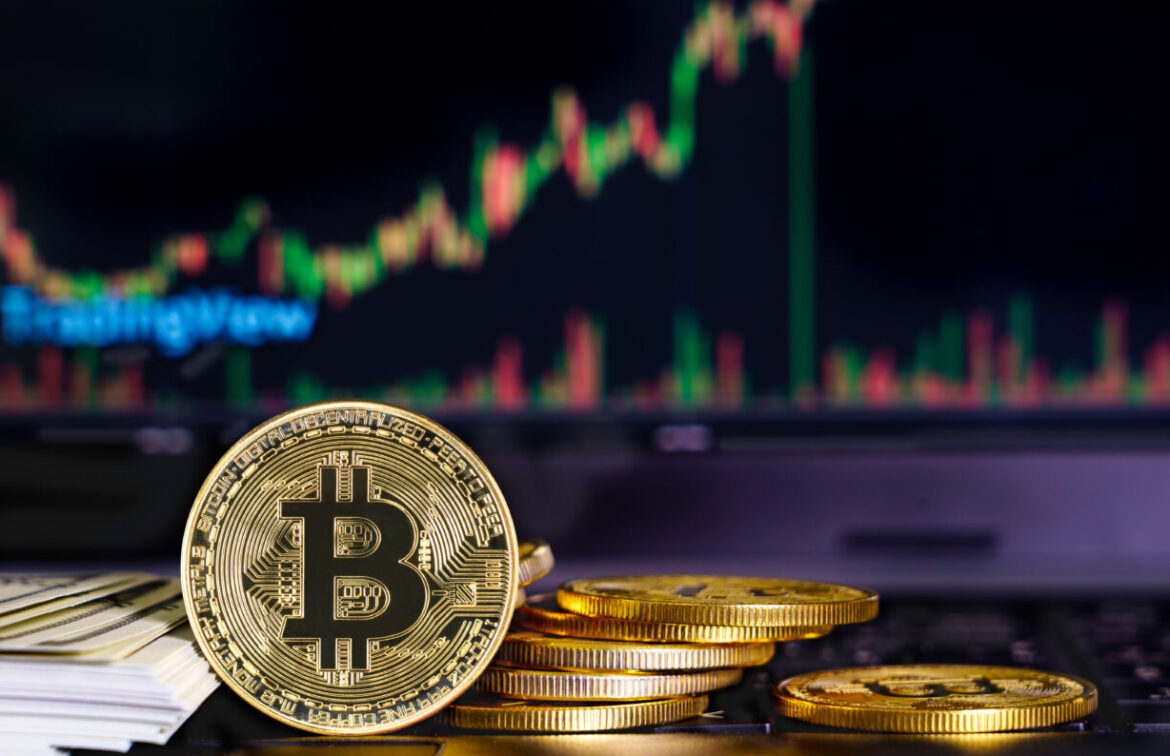
 The Relative Strength Index (RSI) has dropped out of the overbought zone, indicating that BTC is now in a more balanced zone where it can build up. Volume levels have remained unchanged, indicating that investors are still interested, despite some short-term concerns. This time of standstill is similar to how things have been in the past during important global events. When big geopolitical or economic decisions are in the air, such as the fate of US-China trade talks, investors are less likely to make risky investments.
The Relative Strength Index (RSI) has dropped out of the overbought zone, indicating that BTC is now in a more balanced zone where it can build up. Volume levels have remained unchanged, indicating that investors are still interested, despite some short-term concerns. This time of standstill is similar to how things have been in the past during important global events. When big geopolitical or economic decisions are in the air, such as the fate of US-China trade talks, investors are less likely to make risky investments.
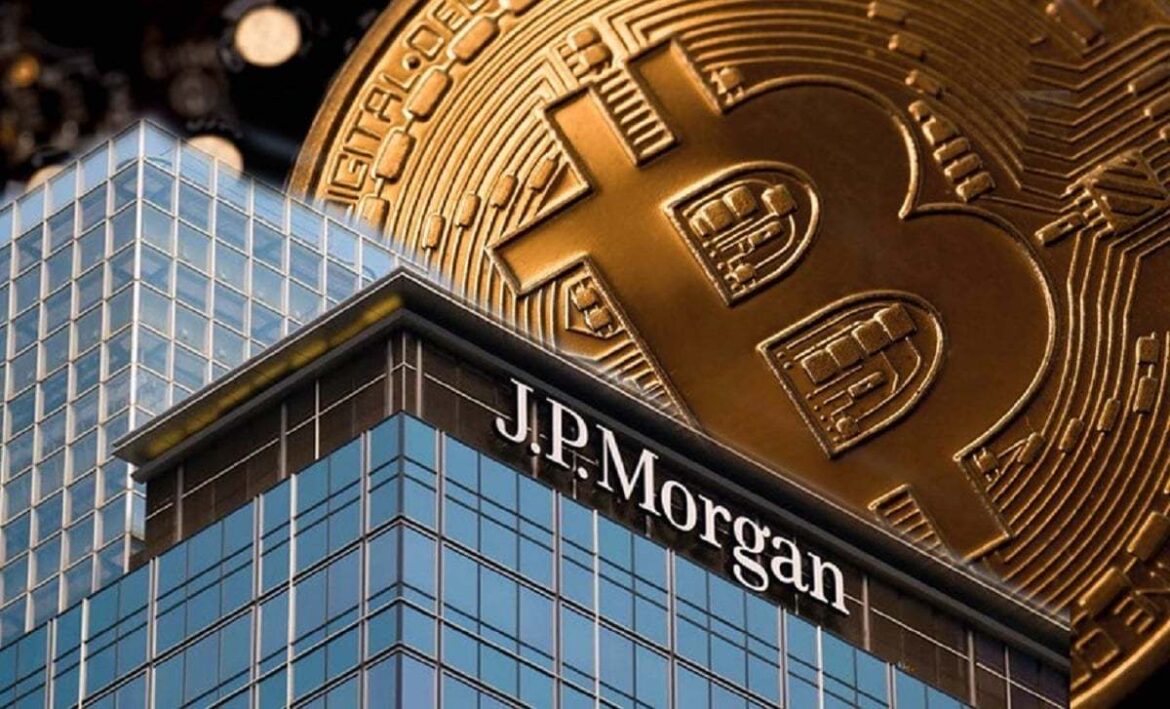
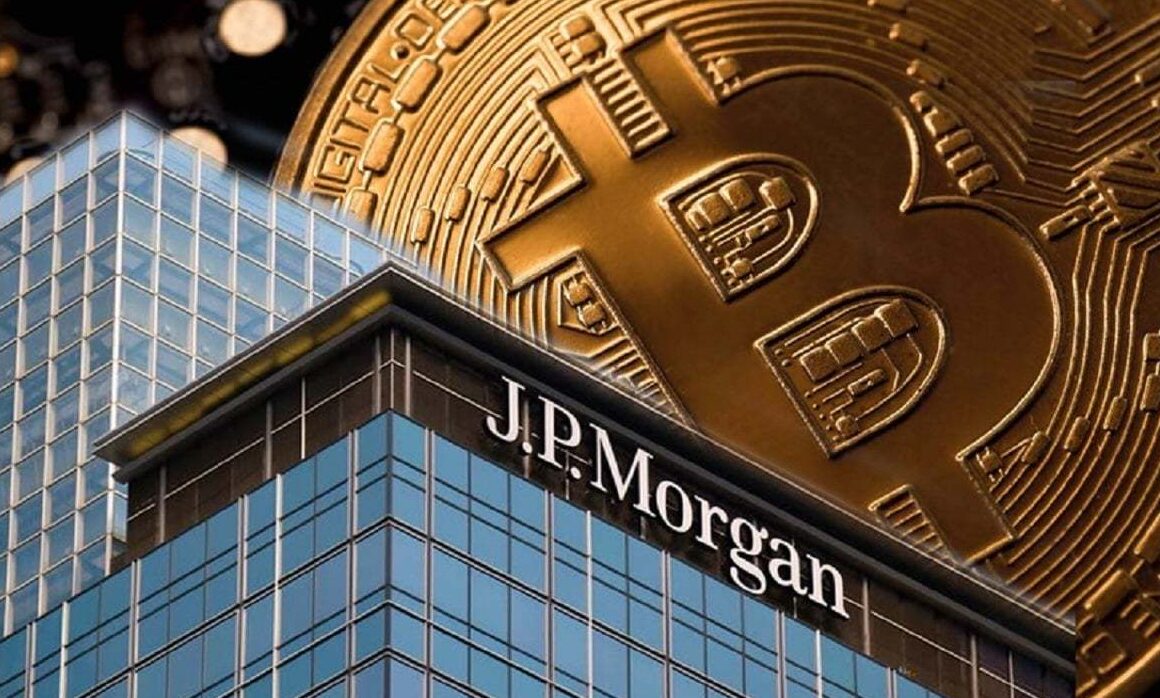 Trademark applications don’t always mean that products will be released, but they do show that the company is serious about it. JPMorgan is establishing the legal framework for a possible rollout of full crypto infrastructure by safeguarding its brand across a wide range of financial technology. This would give them a chance to compete with companies like Coinbase. Fidelity Digital Assets. And PayPal. Who currently offer digital currency services to both individuals and businesses.
Trademark applications don’t always mean that products will be released, but they do show that the company is serious about it. JPMorgan is establishing the legal framework for a possible rollout of full crypto infrastructure by safeguarding its brand across a wide range of financial technology. This would give them a chance to compete with companies like Coinbase. Fidelity Digital Assets. And PayPal. Who currently offer digital currency services to both individuals and businesses.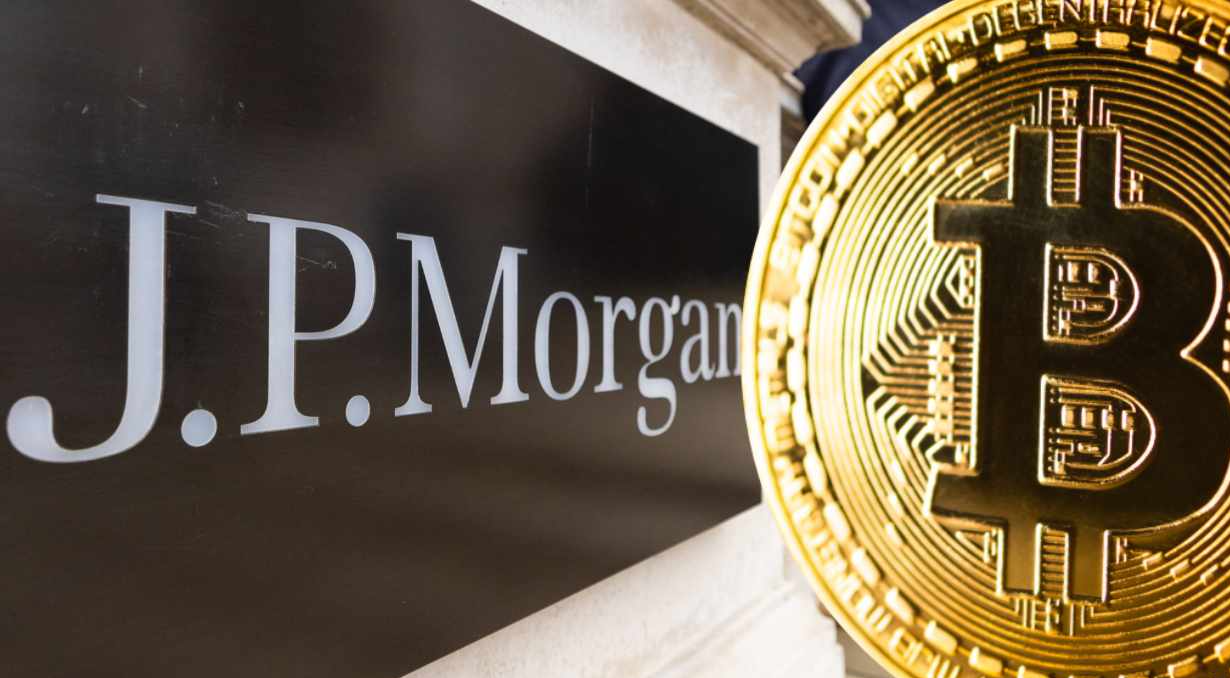 Also, it would make a mixed financial environment where customers and businesses can easily use both traditional and digital currencies. The bank’s global reach and technological capabilities could have effects that go far beyond the U.S. market, especially in emerging economies where mobile payments and blockchain technologies are becoming very popular very quickly.
Also, it would make a mixed financial environment where customers and businesses can easily use both traditional and digital currencies. The bank’s global reach and technological capabilities could have effects that go far beyond the U.S. market, especially in emerging economies where mobile payments and blockchain technologies are becoming very popular very quickly.
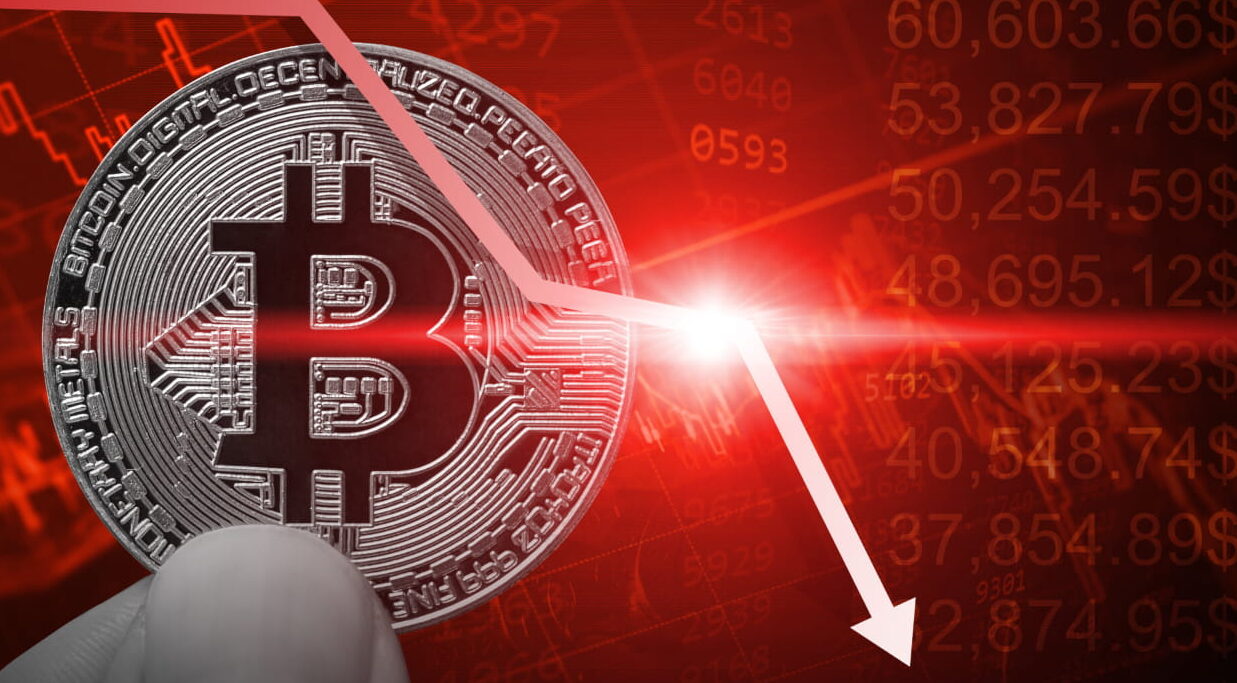 Or Kraken. Automated trading systems usually exacerbate the crash by selling off significant amounts of Bitcoin when prices are volatile. Which further lowers prices. However. As the free fall stops. Bitcoin has always bounced back just as quickly. Making a unique V-shaped recovery.
Or Kraken. Automated trading systems usually exacerbate the crash by selling off significant amounts of Bitcoin when prices are volatile. Which further lowers prices. However. As the free fall stops. Bitcoin has always bounced back just as quickly. Making a unique V-shaped recovery. Investor behavior, sentiment indicators, on-chain statistics, and macroeconomic factors all suggest that Bitcoin may be entering a period of undervalued opportunity. The long-term case for Bitcoin remains strong, despite short-term volatility. This is because more people are using it, the rules are more straightforward, and an increasing number of institutions are interested in it.
Investor behavior, sentiment indicators, on-chain statistics, and macroeconomic factors all suggest that Bitcoin may be entering a period of undervalued opportunity. The long-term case for Bitcoin remains strong, despite short-term volatility. This is because more people are using it, the rules are more straightforward, and an increasing number of institutions are interested in it.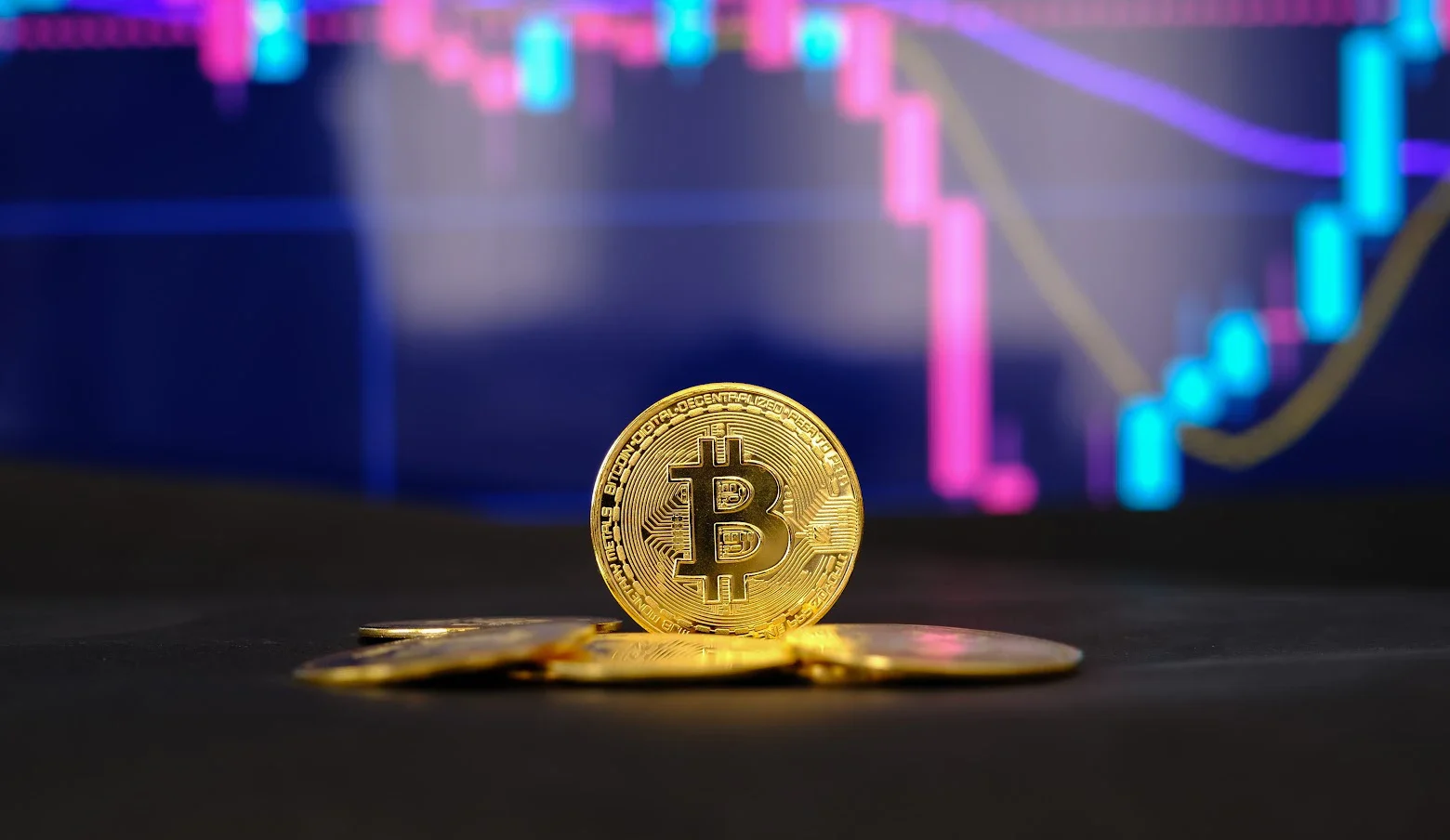 Similarly, Bitcoin’s historic surge to roughly $20,000 in 2016 and 2017 followed a prolonged period of rising oil prices, which were triggered by OPEC’s production cuts. Even if correlation doesn’t imply causation, the fact that Bitcoin consistently follows oil’s bullish moves suggests that there are larger economic factors that affect both markets simultaneously, such as fears of inflation, fiat liquidity, and investor behavior.
Similarly, Bitcoin’s historic surge to roughly $20,000 in 2016 and 2017 followed a prolonged period of rising oil prices, which were triggered by OPEC’s production cuts. Even if correlation doesn’t imply causation, the fact that Bitcoin consistently follows oil’s bullish moves suggests that there are larger economic factors that affect both markets simultaneously, such as fears of inflation, fiat liquidity, and investor behavior.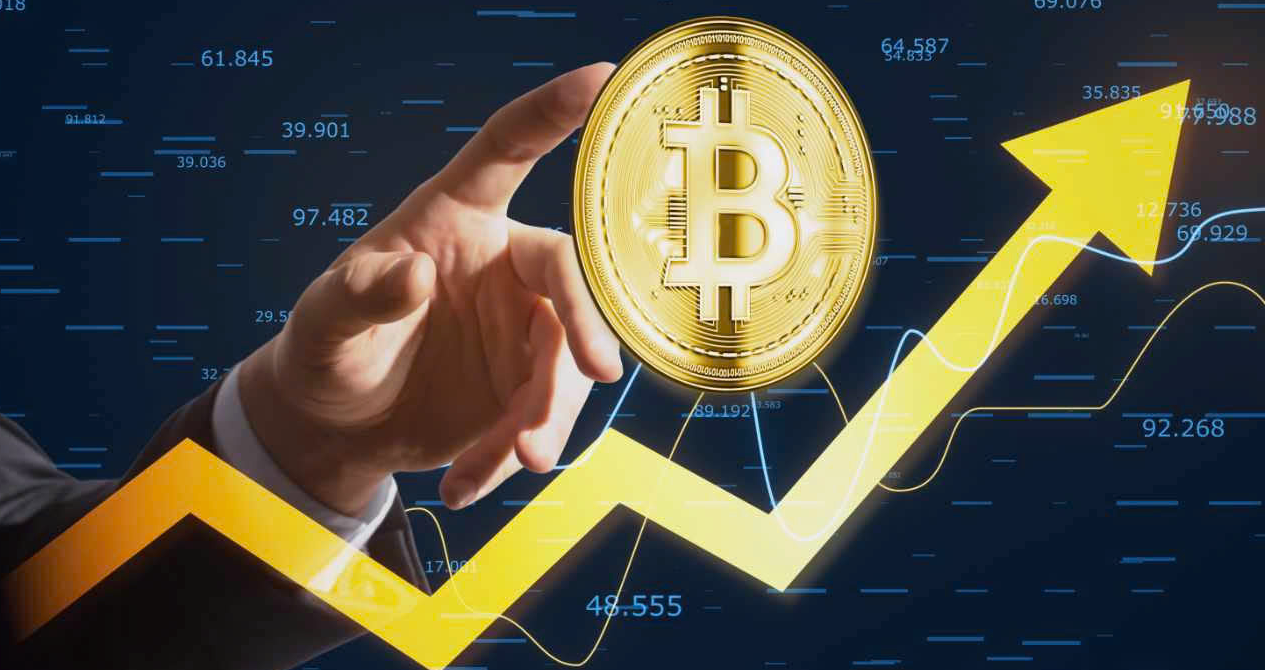

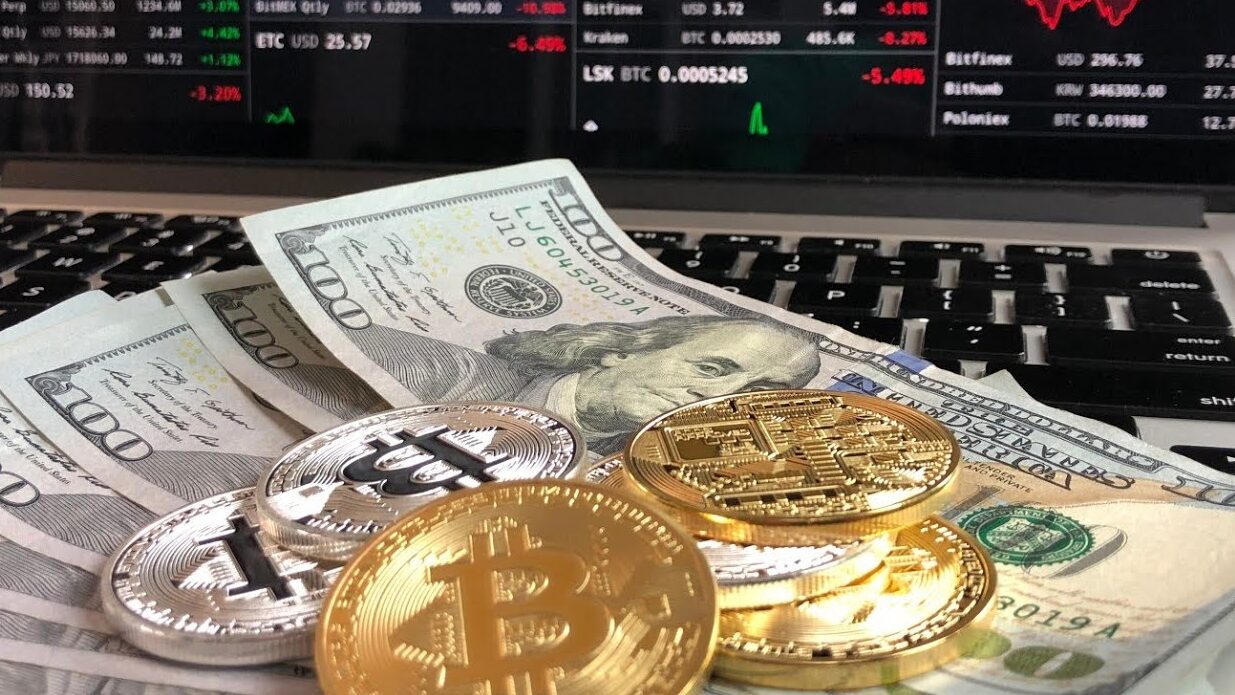 Circle stablecoin surge infrastructure is well-suited to the needs of both businesses and regulators. As it has a strong reputation for adhering to regulations. Clearly reporting reserves. And securing robust institutional support from companies like Goldman Sachs. BlackRock. And Fidelity. While other crypto companies struggle due to global uncertainty and regulatory scrutiny, CircCircle suggests that more people are interested in blockchain-based financial solutions that maintain value.
Circle stablecoin surge infrastructure is well-suited to the needs of both businesses and regulators. As it has a strong reputation for adhering to regulations. Clearly reporting reserves. And securing robust institutional support from companies like Goldman Sachs. BlackRock. And Fidelity. While other crypto companies struggle due to global uncertainty and regulatory scrutiny, CircCircle suggests that more people are interested in blockchain-based financial solutions that maintain value. The company’s previous attempt to go public via a
The company’s previous attempt to go public via a 
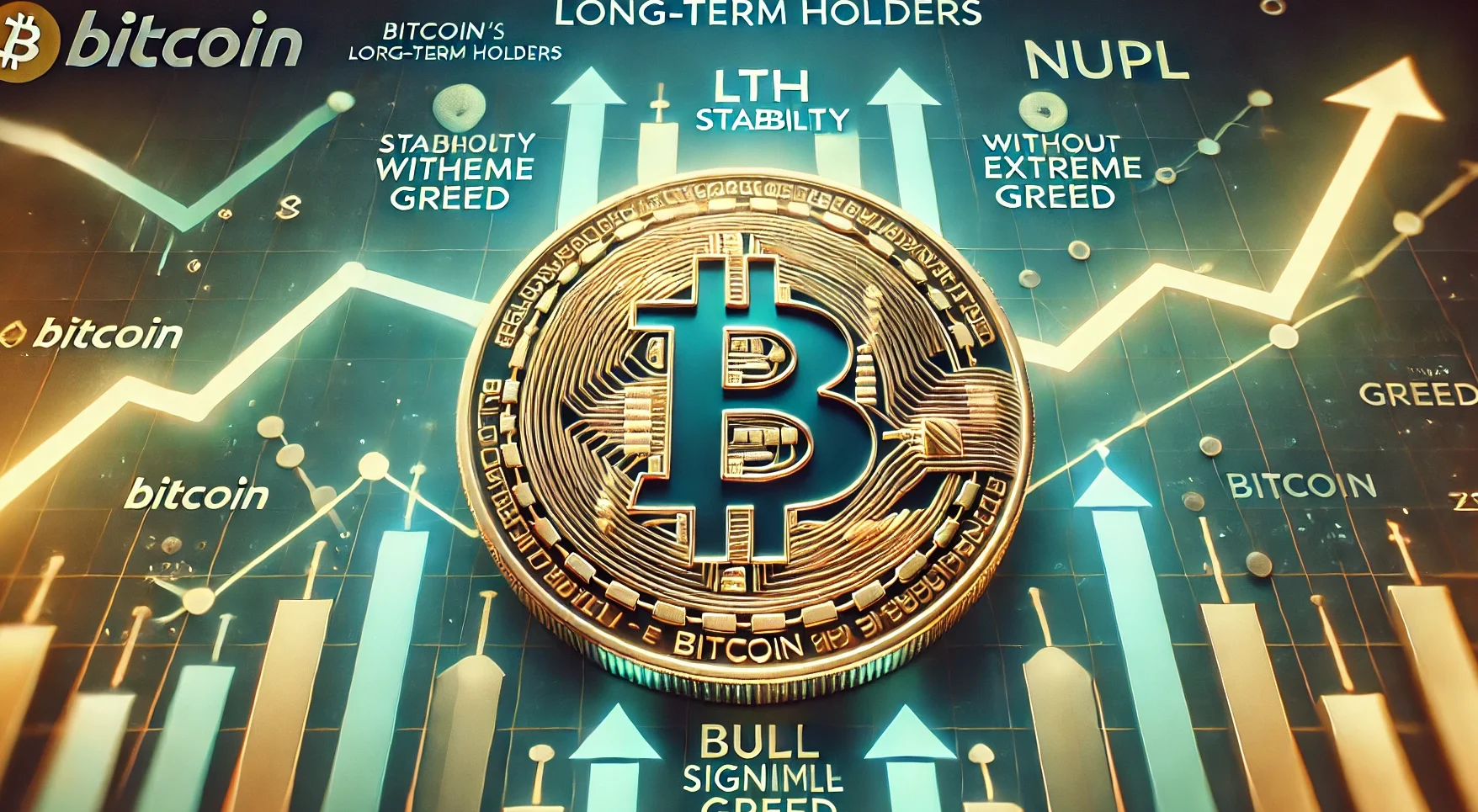 Leading blockchain analytics firms like Glassnode and CryptoQuant track Bitcoin ownership by long-term addresses. This cumulative trend is especially obvious now, when retail interest and speculative trade volumes are low. Buyers replace sellers as prices decline. So they expect value to rise. These actions mirror bull cycles. Prior to this, long-term ownership controlled supply and reduced market liquidity. Prices rose. Lower selling pressure and tighter supply test and maybe break new highs.
Leading blockchain analytics firms like Glassnode and CryptoQuant track Bitcoin ownership by long-term addresses. This cumulative trend is especially obvious now, when retail interest and speculative trade volumes are low. Buyers replace sellers as prices decline. So they expect value to rise. These actions mirror bull cycles. Prior to this, long-term ownership controlled supply and reduced market liquidity. Prices rose. Lower selling pressure and tighter supply test and maybe break new highs.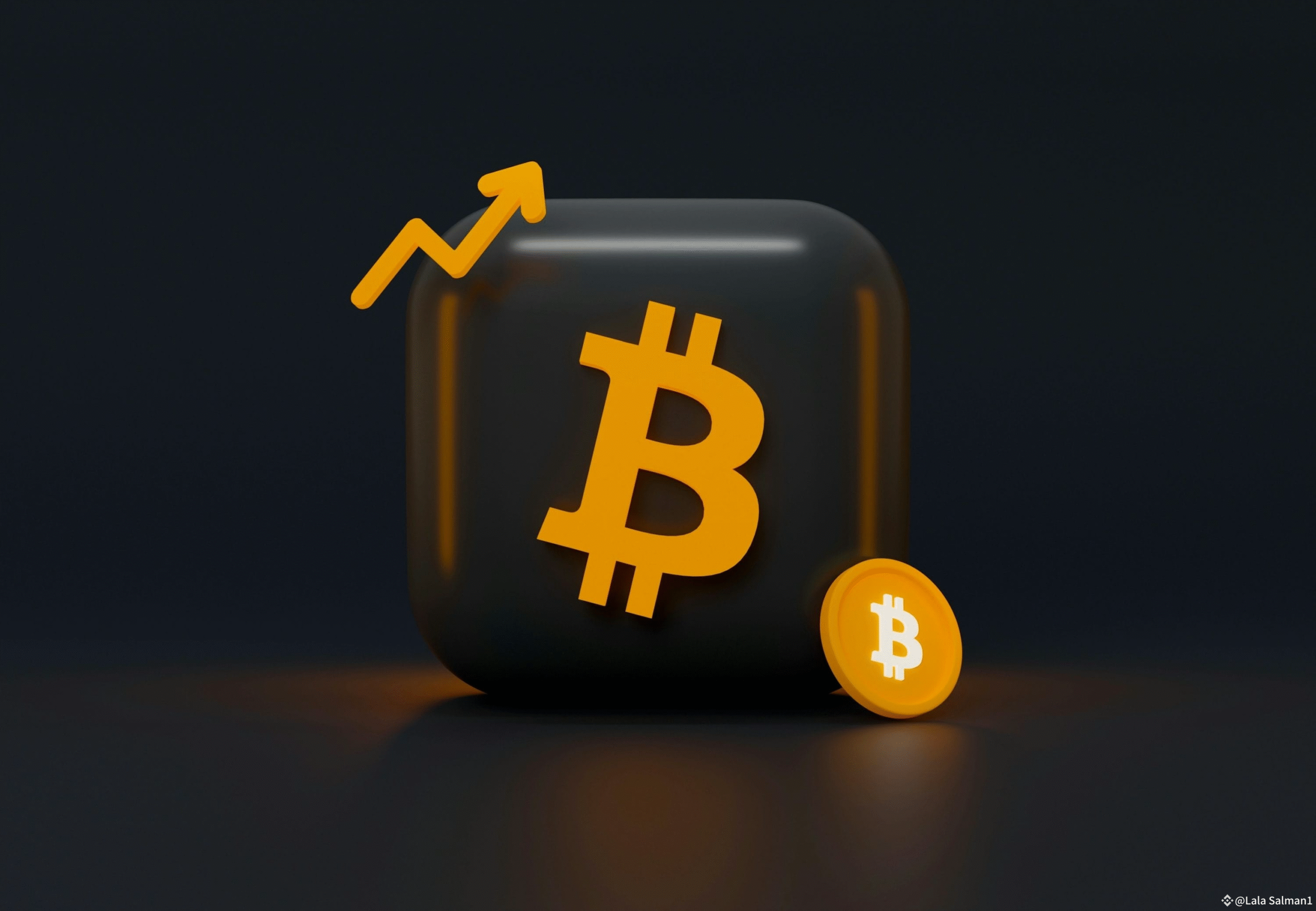 People in the market are also starting to feel cautiously hopeful. The fear and greed index remains neutral, but more people are investing in crypto-focused products, and search interest in Bitcoin-related phrases is starting to increase again, albeit slowly. There is also a rise in social media activity and development activity related to Bitcoin protocols, which is a positive sign.
People in the market are also starting to feel cautiously hopeful. The fear and greed index remains neutral, but more people are investing in crypto-focused products, and search interest in Bitcoin-related phrases is starting to increase again, albeit slowly. There is also a rise in social media activity and development activity related to Bitcoin protocols, which is a positive sign.
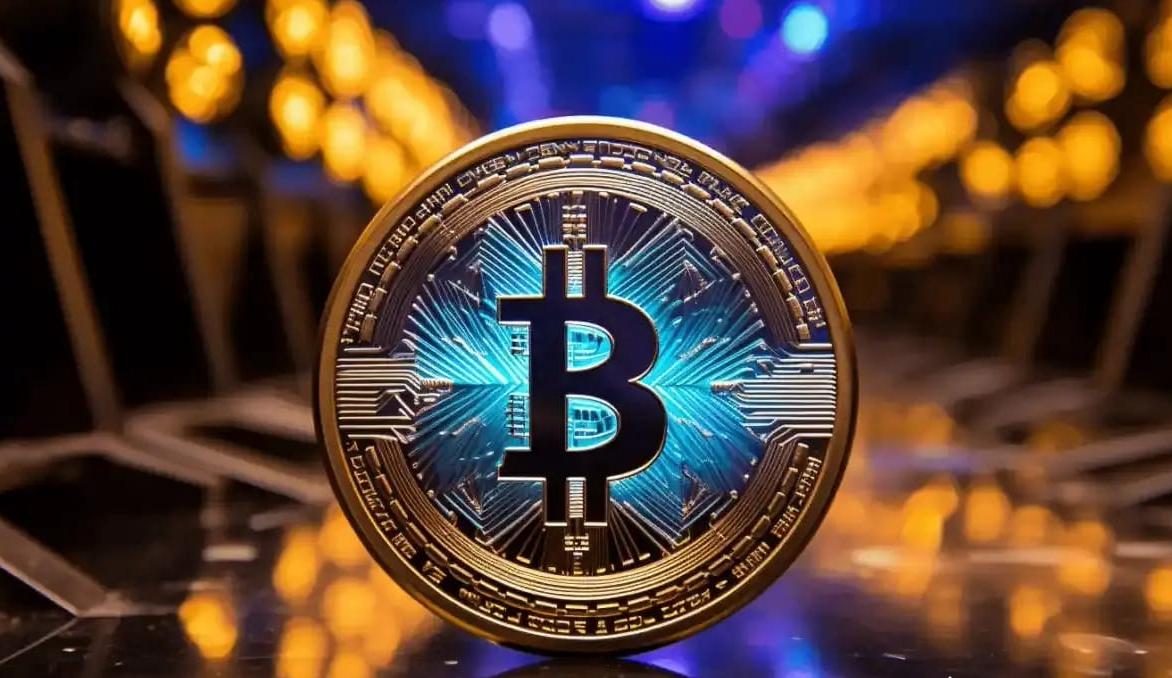 Companies are seeking alternatives that are durable, decentralized, and scarce. They are concerned about inflation and the high interest rates maintained by central banks worldwide. These are all things that Bitcoin’s monetary system includes.
Companies are seeking alternatives that are durable, decentralized, and scarce. They are concerned about inflation and the high interest rates maintained by central banks worldwide. These are all things that Bitcoin’s monetary system includes.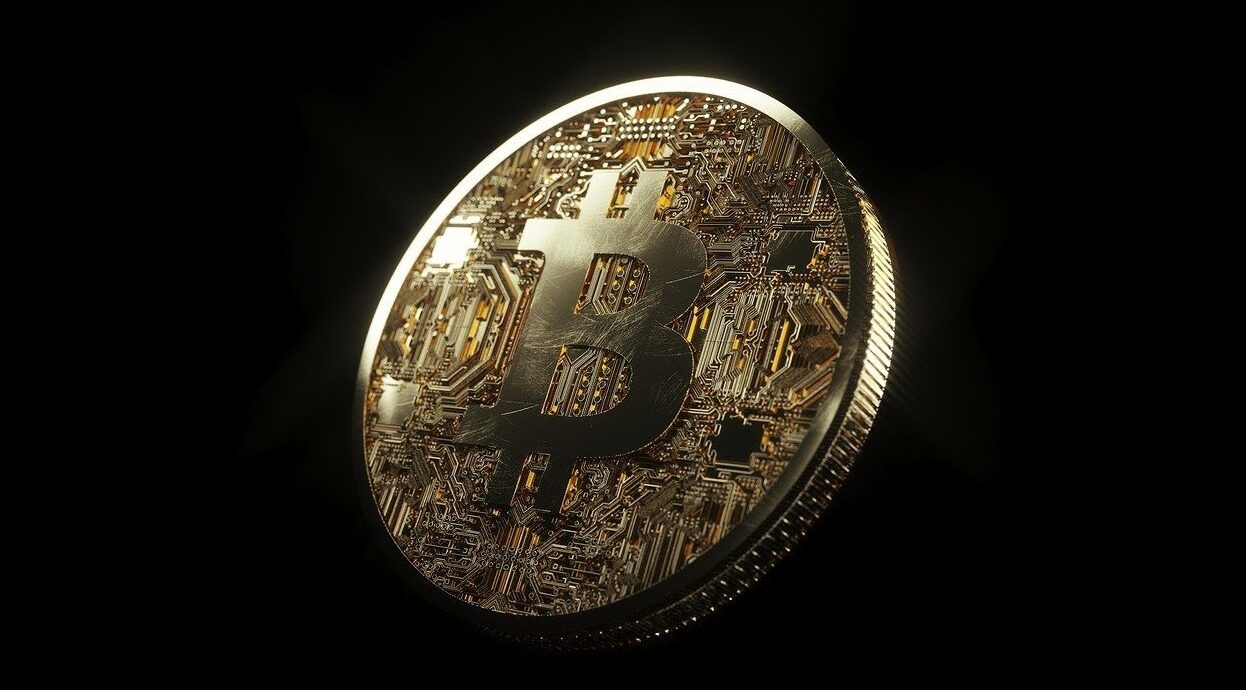 Analysts say that if this tactic is successful and the company is added to the Russell 2000. It could lead to other small-cap companies adopting similar measures to improve their financial systems. It contributes to a larger trend in the business, where digital assets are no longer viewed as merely speculative tools but as valuable assets in mainstream corporate finance.
Analysts say that if this tactic is successful and the company is added to the Russell 2000. It could lead to other small-cap companies adopting similar measures to improve their financial systems. It contributes to a larger trend in the business, where digital assets are no longer viewed as merely speculative tools but as valuable assets in mainstream corporate finance.
 These rules were meant to target state actors. But they ended up hurting millions of citizens who used cryptocurrencies to deal with hyperinflation. Economic instability. And a failing banking system. For Syrians who couldn’t use regular banking systems, cryptocurrencies like
These rules were meant to target state actors. But they ended up hurting millions of citizens who used cryptocurrencies to deal with hyperinflation. Economic instability. And a failing banking system. For Syrians who couldn’t use regular banking systems, cryptocurrencies like  Additionally, blockchain organizations’ educational efforts may now be able to access the Syrian market, giving people the tools they need to safely utilize wallets. Comprehend DeFi protocols. And interact with NFTs or DAOs. Bringing back crypto also opens the door for localized innovation. Which might lead to the rise of blockchain firms or developers in Syria who work on open-source protocols.
Additionally, blockchain organizations’ educational efforts may now be able to access the Syrian market, giving people the tools they need to safely utilize wallets. Comprehend DeFi protocols. And interact with NFTs or DAOs. Bringing back crypto also opens the door for localized innovation. Which might lead to the rise of blockchain firms or developers in Syria who work on open-source protocols.